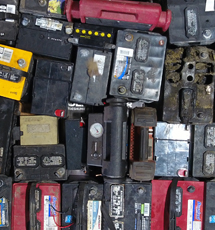Non-Ferrous
Non-Ferrous metals are metals and alloys that are not magnetic since Iron (Fe), Nickel (Ni), and Cobalt (Co) are not primary alloying elements. These are the only three magnetic metals on Earth. Non-Ferrous metals include common items such as used beverage cans (UBC), copper plumbing fittings and pipe, power cords, batteries, and more. Our convenient drive-thru facility allows for customers to bring in any amount of these non-ferrous metals, be unloaded indoors, and be in-and-out quickly and safely.
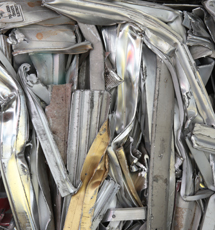
Aluminum
Aluminum is a silvery white, soft, ductile metal. It is the most abundant metal in the Earth’s crust and can be mined from Bauxite, typically in the tropical regions. Aluminum has a remarkably low density, making it light with a high corrosion resistance. Aluminum alloys, which are either wrought or cast, can be engineered for specific applications and to achieve specific characteristics. Some examples of aluminum include clean aluminum clips and solids, used beverage cans, foil, insulated aluminum wire, turnings or chips, and much more.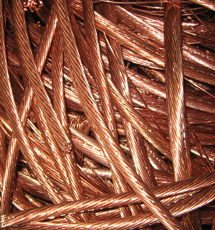
Copper
Copper is typically reddish-orange in color when freshly exposed. Oxidation sometimes gives copper a greenish tint. Pure copper is malleable and soft. Copper is often used as a conductor in electrical wire and cables, plumbing pipes, as building materials, or in a variety of metal alloys. Copper mixed with zinc is called Bronze.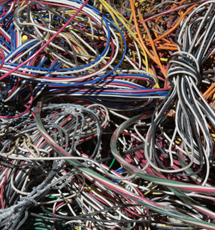
Insulated Copper Wire
Insulated copper wire are bought based on the amount of copper in the wire. Percentages typically range from 13% to 80+% and prices are based on recovery. #1 ICW has many grades – 60%, 65%, 70%, and 80%+. Examples of each are Romex (65%), House Wire such as 110V (70%), or MCM Cable (80%). #2 ICW also has multiple grades – 35%, 48%, and 50%. Examples of each are extension cords (35%), CAT 5 and CAT 6 Cable (48%), and insulated stranded wire (50%). #3 ICW has two grades – 20% and 13%. Examples of each are Christmas lights (20%) and data cable (13%). Some wire has less than 12% recovery and is also bought at a very low price. Cell phone chargers, USB cables, printer cables, and other electronics cords are often aluminum or less than 5% copper, making their value very low.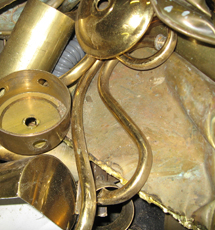
Brass
Brass is a metallic alloy with the majority of the composition being copper. Alloying elements can include zinc, tin, lead, silicon, or manganese depending on the application. Brass can be broken into two categories – red and yellow. Red brass is usually used in plumbing fixtures, gears, and valves and is about 85% copper, 5% zinc, 5% lead, and 5% tin. Yellow brass is usually used in faucets, plumbing fixtures, and household decorations and is about 60-65% copper and 30% zinc.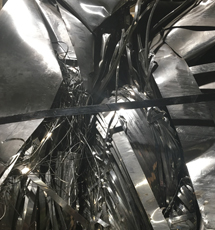
Stainless Steel
Stainless Steel has the properties and strength of steel, but is highly corrosion resistant. Common grades of stainless are 304, 316, and 400 Series. 304 Stainless is about 18% Chrome and 8% Nickel and 74% Iron. Common applications include sheets, piping, and kitchen sinks. 316 Stainless is 16% Chrome, 10% Nickel, 2% Molybdenum, and 72% Iron. 316 is common in high heat and petrochemical applications. 400 Series Stainless is typically magnetic and used in commercial and household appliances and automotive applications.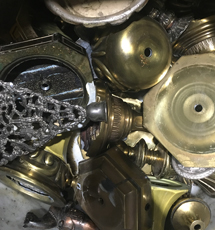
Die Cast
Die cast is formed by mixing aluminum, zinc, magnesium, and/or silicon into a formed cast. This is typically used for lamps, decorative metals, game pieces, auto parts, and model toys.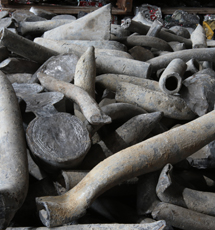
Lead
Lead is soft and malleable but very dense and heavy. Lead also has a low melting point. Lead is used less and less due to negative health risks associated with lead-based items. The most common lead-based recyclable item is lead-acid batteries – found in lawn mowers, cars, boats, etc.